Reimagining Pop: Warhol, Basquiat and Aditya's Artistic Parallels
by Carlo Borloni
Art serves as a reflection of society, encapsulating the soul of its time.
Andy Warhol, Jean-Michel Basquiat, and contemporary digital artist Aditya, despite their distinct styles and mediums, exhibit profound thematic and methodological parallels in their work.
Their exploration of contemporary culture, celebrity iconography, and the human condition reveals significant intersections that merit a detailed academic analysis.
Pop Culture and the Iconography of Contemporary Life
Andy Warhol's oeuvre is emblematic of the Pop Art movement, characterized by its focus on mass media and consumer culture.
Warhol's works, such as "Campbell's Soup Cans" and "Mao," employ commercial imagery and repetitive silkscreen techniques to interrogate the commodification of art and the pervasive influence of celebrity culture.
Warhol's use of mass production techniques underscores his critique of the homogenization of culture and the superficiality of fame.

Mao, Andy Warhol, 1972

SupremeLeadoor, Aditya, 2023
Jean-Michel Basquiat's emergence from the New York graffiti scene brought a raw, unfiltered approach to contemporary art. His works are imbued with a frenetic energy and a distinctive visual lexicon that incorporates text, symbols, and vibrant imagery.
Basquiat's pieces, such as "Untitled (Skull)", provide incisive commentary on race, identity, and socio-political power structures, reflecting the complexities of 1980s America.
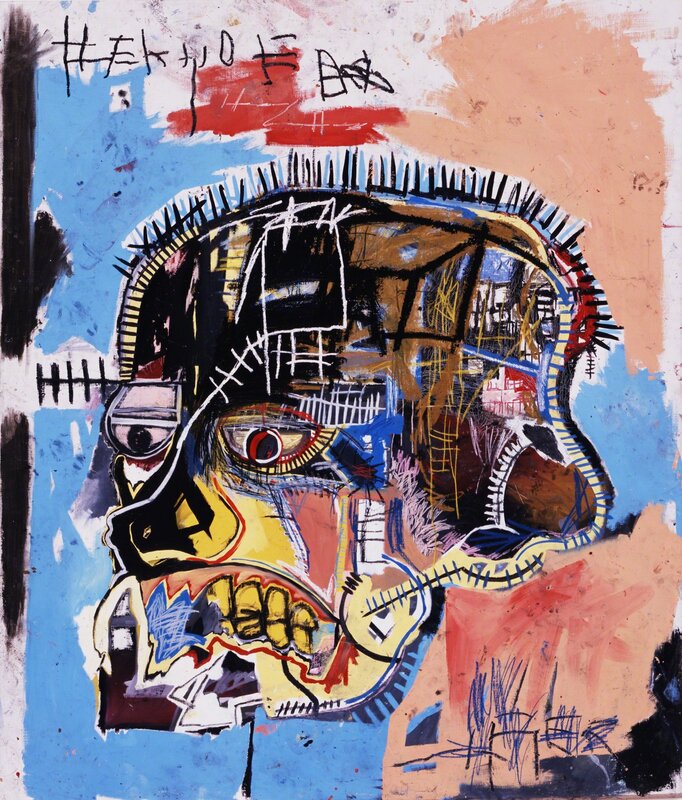
Untitled, Jean-Michel Basquiat, 1981
Aditya's digital animations, exemplified in his collection "Portrait Day," echo Warhol's and Basquiat's engagement with contemporary culture through a modern lens.
Aditya employs digital media to create animated portraits that capture the essence of the present era.
His work reflects on the intersection of celebrity culture, politics, and internet phenomena, providing a satirical yet insightful commentary on the absurdities and intricacies of modern life.
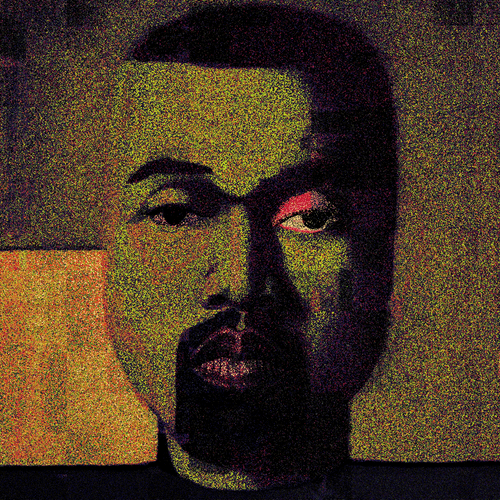
Ye, Aditya, 2023
Methodological Innovations and Visual Narratives
Warhol's method of utilizing silkscreen printing allowed him to produce works with a uniformity that mirrored the mass production processes of consumer goods.
His repetitive imagery and vivid color palettes created a visual language that interrogated the relationship between art, advertising, and popular culture.
Warhol's works often convey an impersonal, detached quality that invites viewers to reflect on the impact of media saturation on personal and collective identity.
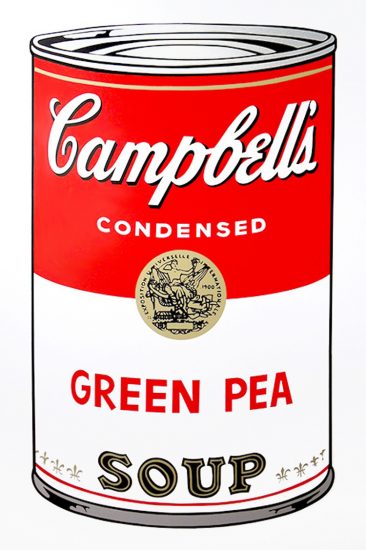
Campbell's Soup Cans, Andy Warhol, 1985
Basquiat's dynamic compositions are characterized by their expressive, chaotic style.
His approach often involved layering disparate elements, text, drawings, and symbols, creating a complex, multilayered narrative.
Basquiat's work, such as "Horn Players" and "Boy and Dog in a Johnnypump," reflects his deep engagement with cultural history, jazz music, and his personal experiences, making his pieces rich with meaning and open to multiple interpretations.

Horn players, Jean-Michel Basquiat, 1983
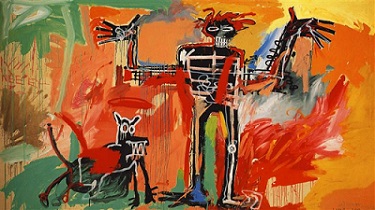
Boy and Dog in a Johnnypump, Jean-Michel Basquiat, 1982
Aditya's technique synthesizes traditional animation with experimental digital methods, creating a unique aesthetic that bridges the timeless and the contemporary.
His process involves meticulously drawing each frame multiple times to achieve a painted, glitchy effect, reminiscent of Basquiat's layering and Warhol's repetition.
Aditya enhances his animations with grain and noise, adding depth and a nostalgic quality that resonates with viewers familiar with both analog and digital media.
This approach results in a dynamic visual narrative that captures the fluidity and fragmentation of modern identity.
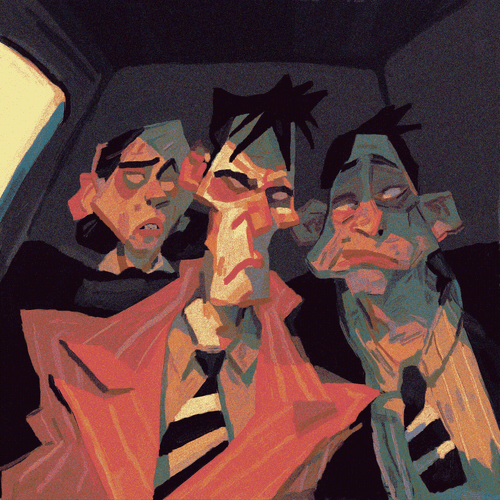
Crypto executives, Aditya, 2023
Thematic Resonances and Cultural Commentary
Central to Warhol's and Basquiat's work is a commentary on human connection, identity, and cultural critique.
Warhol's exploration of celebrity and anonymity raises questions about the nature of individuality in a media-dominated world.
His works often blur the line between art and life, suggesting that personal identity is shaped by external perceptions and consumer culture.
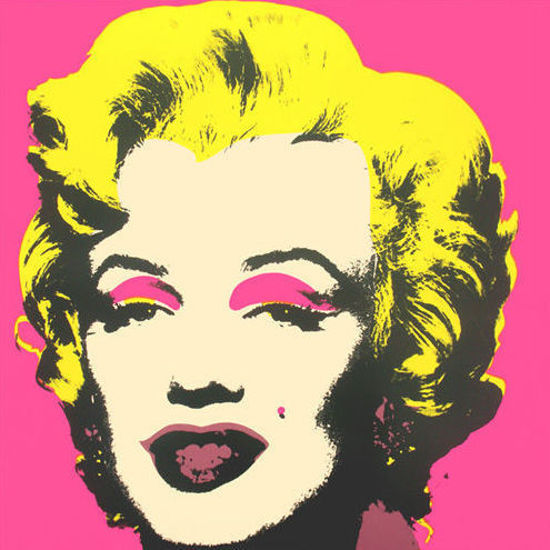
Marilyn Monroe, Andy Warhol, 1982
Basquiat's oeuvre delves into themes of race, identity, and social justice.
His works frequently address the marginalization of African American culture and the commodification of black bodies.
Basquiat's use of autobiographical elements and cultural references creates a powerful dialogue on the intersections of personal and collective identity.

Dustheads, Jean-Michel Basquiat, 1982
Aditya's "Portrait Day" extends these thematic explorations into the digital age.
His portraits capture the fleeting moments of contemporary life, emphasizing the transient nature of identity in an era dominated by social media and digital interactions.
Aditya's animations explore themes of celebrity, politics, and internet culture, offering a nuanced commentary on the ways in which technology shapes our understanding of self and society.
Through humor and satire, Aditya's work provokes viewers to reflect on the absurdities of modern existence and the complexities of contemporary identity.
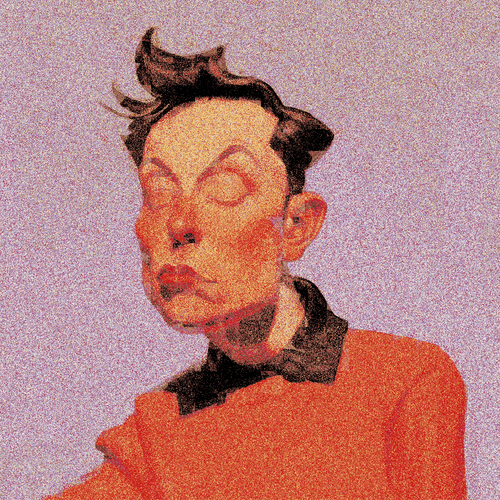
His highness, Aditya, 2023
The artistic endeavors of Andy Warhol, Jean-Michel Basquiat, and Aditya, while distinct in their mediums and historical contexts, reveal profound parallels in their thematic concerns and methodological approaches.
Warhol's critique of consumer culture, Basquiat's exploration of race and identity, and Aditya's digital commentary on modern life each offer unique insights into their respective eras.
Together, their works highlight the enduring power of art to capture the spirit of the times, provoke critical reflection, and foster a deeper understanding of the human condition.
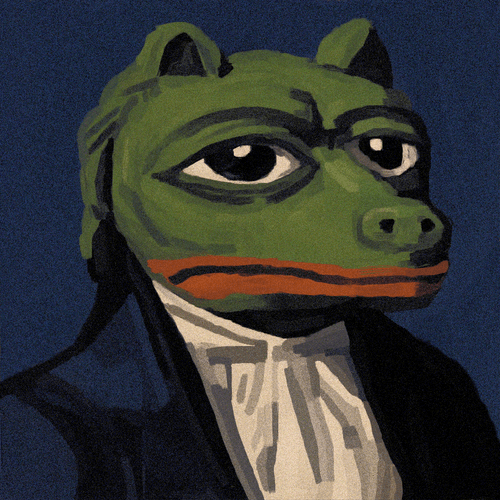
Sir pepe, Aditya, 2023
Sign up for our newsletter to keep up with the latest news from NINFA
Sign up for our newsletter to keep up with the latest news from NINFA
Write us at: info@ninfa.io, or click here if you need support
Copyright © 2026 Ninfa Labs - 12094240962 - All rights reserved

